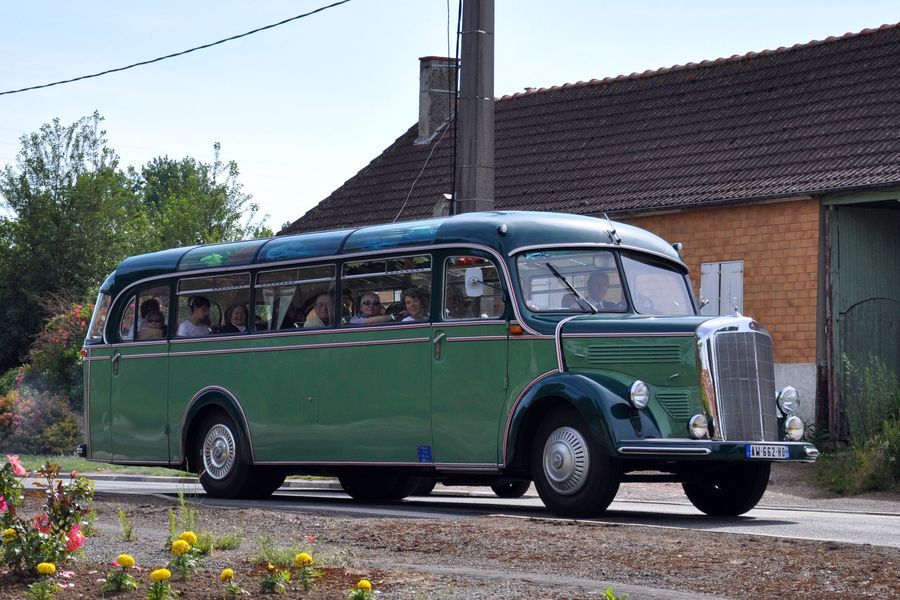Marshrutkas, or маршрутка in Russian, are a unique form of public transportation that has played a crucial role in the mobility of people across post-Soviet states and Eastern Europe. These minibus taxis, known for their informal routes, affordability, and accessibility, serve as a vital mode of transport for millions. Despite their efficiency, they also present challenges related to safety, overcrowding, and regulation. This article explores the history, operation, advantages, disadvantages, and future of marshrutkas.
The History of Marshrutkas
The word “marshrutka” is derived from the Russian word “маршрут” (marshrut), meaning “route.” These minibuses first appeared in the Soviet Union in the 1930s as a means of supplementing public transport systems. Initially, they were used primarily by wealthier citizens who could afford their slightly higher fares compared to state-run buses and trolleybuses. However, following the collapse of the Soviet Union in 1991, marshrutkas became a dominant form of transportation due to the decline of state-funded public transport and the rise of private entrepreneurship.

How Marshrutkas Operate
Unlike traditional buses with fixed stops and schedules, marshrutkas often operate on semi-fixed routes, allowing passengers to board and disembark at any point along the way. Their operation varies slightly from country to country but generally follows these principles:
– Flexible Boarding and Drop-Off: Passengers can hail a marshrutka from the roadside and request stops wherever feasible.
– Cash Payments: Most marshrutkas require cash payments handed directly to the driver, although some modern ones are introducing electronic payment systems.
– Compact and Crowded: Typically seating between 10 to 20 passengers, marshrutkas often operate at full capacity, with many passengers standing.
– Privately Owned: Unlike municipal buses, marshrutkas are usually privately owned and op

Advantages of Marshrutkas
Despite their informal nature, marshrutkas provide several benefits:
1- Affordability: Their fares are generally lower than taxis, making them an economical option for daily commuters.
2- Frequent Service: Marshrutkas often run more frequently than public buses, reducing wait times.
3- Accessibility: They serve remote and underserved areas where larger buses may not operate.
4- Convenience: With flexible stops and direct routes, they often provide faster travel times compared to traditional public transport.

Disadvantages and Challenges
While marshrutkas are widely used, they come with significant drawbacks:
1- Safety Concerns: Due to private ownership and minimal regulation, some marshrutkas operate with poor maintenance, leading to frequent accidents.
2- Overcrowding: Many marshrutkas exceed their intended passenger capacity, making rides uncomfortable.
3- Traffic Congestion: In cities with many marshrutkas, their erratic driving contributes to traffic congestion and road hazards.
4- Lack of Regulation: Some drivers disregard traffic laws to maximize profits, leading to unsafe conditions for passengers and pedestrians.

Marshrutkas Around the World
Marshrutkas are commonly found in post-Soviet and Eastern European countries, but similar transport models exist worldwide:
1- Russia & Ukraine: Marshrutkas remain a dominant form of transportation, especially in smaller towns and cities.
2- Georgia & Armenia: They are an essential part of intercity and urban travel, often connecting rural areas with major cities.
3- Kazakhstan & Uzbekistan: With improving infrastructure, marshrutkas are gradually being replaced by larger, regulated buses.
4- Turkey (Dolmuş): A similar minibus system operates under the name “dolmuş,” providing flexible transport across cities.
5- Egypt (Microbuses): Informal minibus networks play a key role in urban mobility.


The Future of Marshrutkas
As urban transport systems evolve, marshrutkas face increasing pressure to modernize. Some cities are introducing regulations to improve safety, while others are integrating marshrutkas into formal transit networks. Advances in technology, such as digital payments and ride-hailing apps, may further transform their operation. While marshrutkas may decline in some areas due to improved public transport, their role in providing flexible and affordable mobility solutions remains significant.

Join us at TravelSerai to experience the rich local life of the people in these incredible countries. Our tours are designed to offer you a first-hand, unique experience, immersing you in authentic cultural moments. Whether you’re exploring bustling markets, historic sites, or hidden gems, we’re committed to making your journey unforgettable. Discover the true essence of each destination with us—your adventure awaits!


Comment (0)